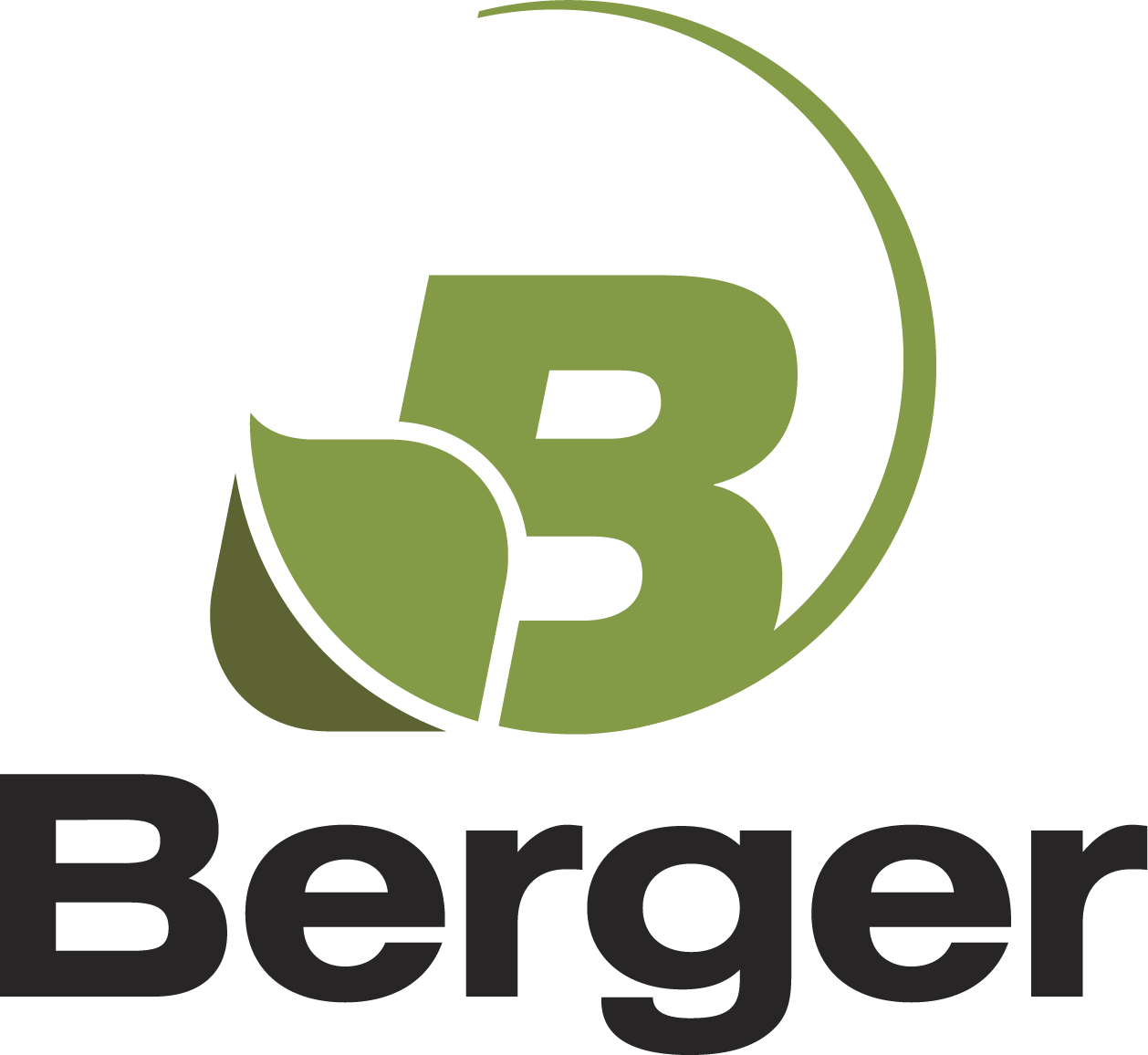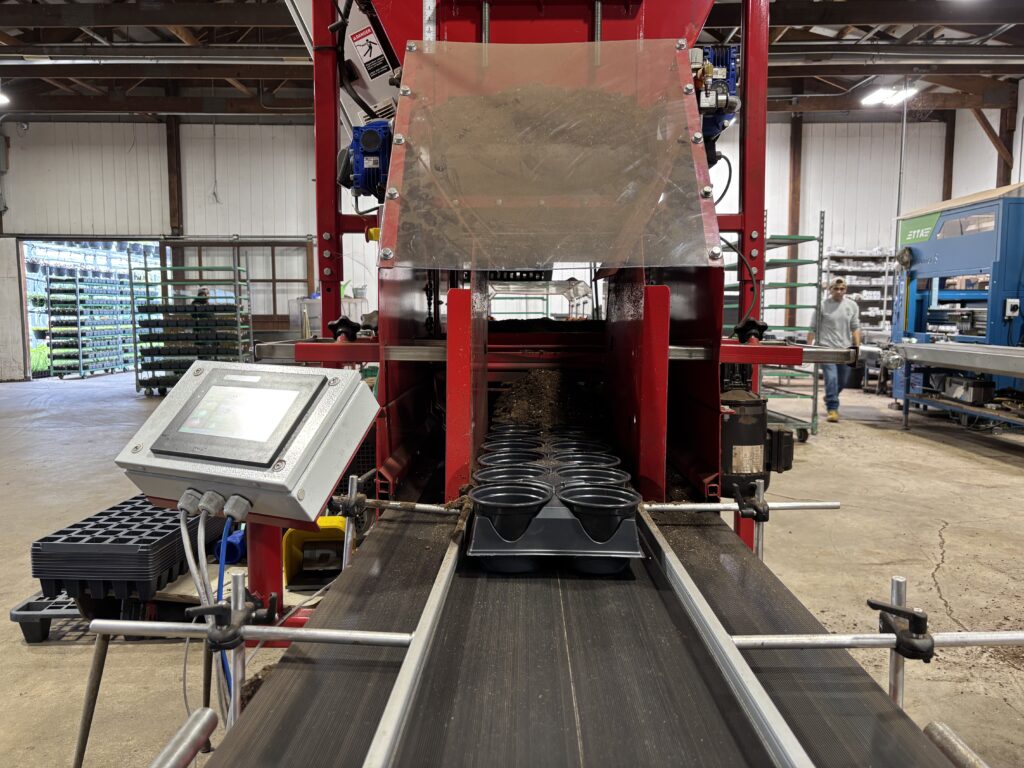Substrate Selection Criteria
Criteria no1
Type of Production
The first criteria to take into consideration when selecting the ideal substrate for your production needs is the sector of activity. The characteristics of a growing media used to produce a Holly tree (Ilex) in a nursery will greatly differ to those required to produce an Orchid (Orchidaceae) in a greenhouse. Interior productions give a lot of control to growers, allowing them to steer productions towards specific results. Exterior productions are cheaper, but the grower loses some control as the crops are at the mercy of the weather, therefore substrates must be more forgiving to compensate for bad meteorological conditions. It is important to determine the type of production in order to narrow the types of substrates that could be used adequately.
Greenhouse Production
- Vegetables (Olericulture)
- Bedding and Garden plants (Annuals – Cell-pack)
- Potted Flower Plants (Annuals)
- Cut Flowers
- Organic
- Vegetable transplants
- Plugs, Pre-formed plugs & Ellepots
- Indoor/Foliage potted plants
Nursery Production
- Ornamental
- Perennial
- Trees & Shrubs
- Forestery
Outdoor Landscaping
- Soil amendments
Indoor Landscaping
- Growing mix for malls, public buildings, …
Criteria no2
Type of Container
The second criterion to consider is the type of container to be used. If we look at the height of the saturation zone in containers of different sizes, it is identical for all for all of them. However, the percentage of the mix that the saturation zone represents depends on the diameter and height of the container. Therefore, the geometry of a container has a significant influence on water management, and thus the type of substrate should be chosen in consequence. Obviously, the particle size of the substrate will be the driving force. Uniformly filling out 200 cavity plug trays with a mix that contains very large particles would be frustrating, which is why growers normally use a seedling mix made from fine components for this application. On the other hand, filling out a 1 gallon pot with a fine particles would be easy, but there would be hardly any air space in the container due to the lack of larger chunks of material and the saturation zone would greatly increase. Selection of a growing media should take into consideration the dimensions of the containers that will be filled to make sure they match up correctly.
Seedling Trays, Cell-Packs & Small Pots
- < 1 gallon
Large Pots
- > 1 gallon
Criteria no3
Environmental Conditions
North America is a large continent that contains numerous regions of wide-ranging climates. Although there are concentrated areas, greenhouse and nursery producers are sprinkled all across these climates, yet they produce similar crops. Two different growers producing the same crop in identical containers won’t necessarily use the same mix if they are located in very different environments. If one is in Texas and the other is in Minnesota, their substrate needs won’t be the same. The season in which the production is scheduled will also play a major role in selecting the appropriate mix. A grower using a particular substrate in summer would probably use a different mix to produce the same crop in the summer. Once again, the physical characteristics of the substrate will be the focal point here.
Season
- (summer, winter, spring or fall)
Geographic location
- (Eastern Canada, South-West USA, …)
Criteria no4
Cultural Particularities
High pH, Low pH, Extra fertilizer and No Phosphorus
Different crops have different needs; Petunias are iron inefficient and will prefer a lower pH while geraniums are iron efficient and will favor a higher pH. The type of fertilizer (acid or alkaline) and quality of the water used for irrigations will also affect how the pH of the soil evolves throughout the production cycle. It is important to take into consideration all these factors before selecting the initial chemical characteristics for the chosen mix. Certain crops are sensitive to the presence of particular components while other require specific nutrients in higher quantities for precise functions. For instance, Blue Hydrangeas require higher concentrations of aluminum to achieve their coloration. It is important to know the cultural particularities of your production in order to select the substrate that will allow you to achieve high quality results.

Criteria no5
Irrigation Practices
Oxygen and water are both essential to provide a balanced environment for healthy root development. The physical properties of a growing media will have a major impact on how these two elements are delivered to the root system. It is important to select a mix with a particle size and porosity that are well adapted to your irrigation system. For example, certain substrates have a better wicking ability which makes them ideal for sub-irrigation. How often a grower irrigates and how much water he adds per irrigation also play a major role in selecting the correct media. A grower who prefers frequently adding small amounts of water (Dry grower) won’t need the same mix as one who occasionally irrigates with large amounts of water (Wet grower). It is important to take all these factors into consideration when selecting the appropriate substrate.
Type of Irrigation System
- (dripper system, overhead system, inundation system, …)
Heavy or light irrigations
- (wet grower vs. dry grower)
Criteria no6
Consistency and After Sales Services
Quality Control, Analytical Support and Technical Support
There are many mix companies that offer a great variety of substrates on the market. However, not all companies offer a guarantee of consistency as well as a battery of after sales services. These factors aren’t always taken into consideration when selecting a commodity (especially one generally viewed as “expensive dirt”). However, having free access to the services of a high tech analytical laboratory and the advice of highly experienced experts can be just the edge required to propel your organization to new heights. Consistency is also an extremely important factor. If the substrate is inconsistent, it will react differently from area to area and the grower will obtain uneven plants growing throughout his operation. To obtain dependable result, a grower needs a uniform mix from a company with a stringent quality control system. Is you mix supplier accountable?

